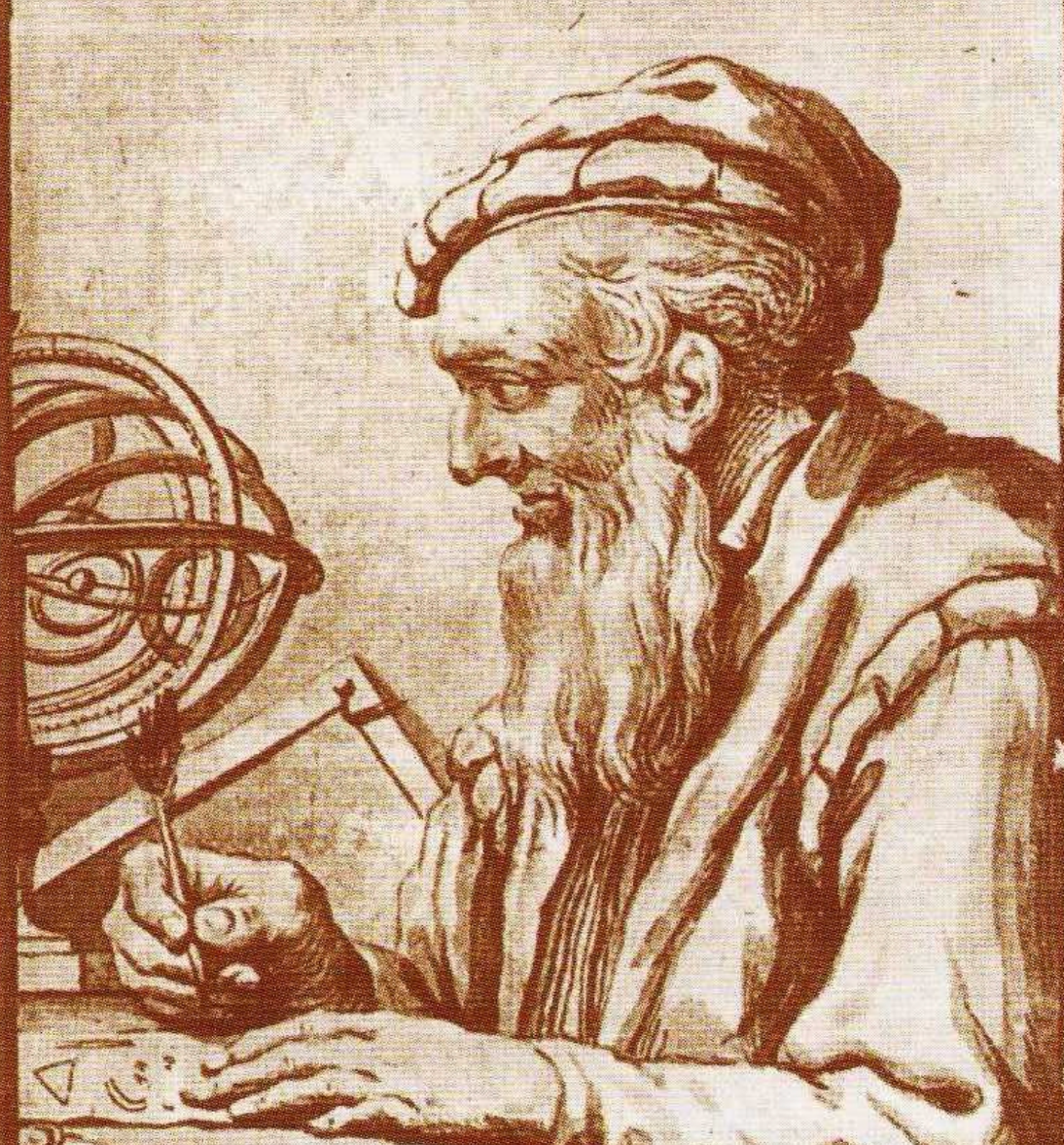
Guido
Bonatti was a 13th-century Italian astrologer and mathematician who is
best known for his book Liber Astronomiae, a comprehensive treatise on
astrology. He was born in Forlì, Italy, and spent much of his life
working as a court astrologer for various Italian rulers.
Bonatti’s
Liber Astronomiae covers a wide range of astrological topics, including
the calculation of planetary positions, the interpretation of
horoscopes, and the prediction of future events based on astrological
observations. It was one of the most influential works of its kind
during the medieval period and continued to be widely read and
referenced by astrologers well into the Renaissance.
Bonatti
was also known for his contributions to mathematics, particularly in the
field of algebra. He is credited with introducing several new algebraic
symbols and methods, including the use of the radical sign (√) to
indicate square roots.
Despite
his significant contributions to astrology and mathematics, Bonatti’s
work fell out of favour during the Age of Enlightenment, when astrology
was largely dismissed as a pseudoscience. However, in recent years,
there has been renewed interest in his work, and some modern astrologers
have sought to revive and reinterpret his ideas for a contemporary
audience.
Guido Bonatus de forlino. Decem continens tractatus astronomicae.
Venezia, Melchiore Sessa, 1506 ➤
| ➤
| ➤
Translations:
Bonatti on Basic Astrology. by Guido Bonatti (Author), Benjamin N.
Dykes (Translator) ➤
Bonatti on Horary. by Guido Bonatti (Author), Benjamin N. Dykes
(Translator) ➤
Bonatti on Nativities. by Guido Bonatti (Author), Benjamin N. Dykes
(Editor, Translator) ➤
Bonatti on Lots. by Guido Bonatti (Author), Benjamin N. Dykes
(Translator) ➤
Bonatti on Elections. by Guido Bonatti (Author), Benjamin N. Dykes
(Translator) ➤
Bonatti’s 146 Considerations. by Guido Bonatti (Author), Benjamin N.
Dykes (Translator) ➤
Bonatti on Mundane Astrology. by Guido Bonatti (Author), Benjamin N
Dykes (Translator) ➤
Guido Bonatti - Liber Astronomiae, Part 4 & On Horary, Part 1.
Translated by Robert Hand ➤
